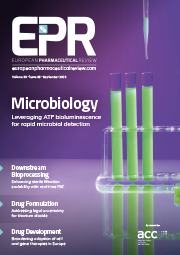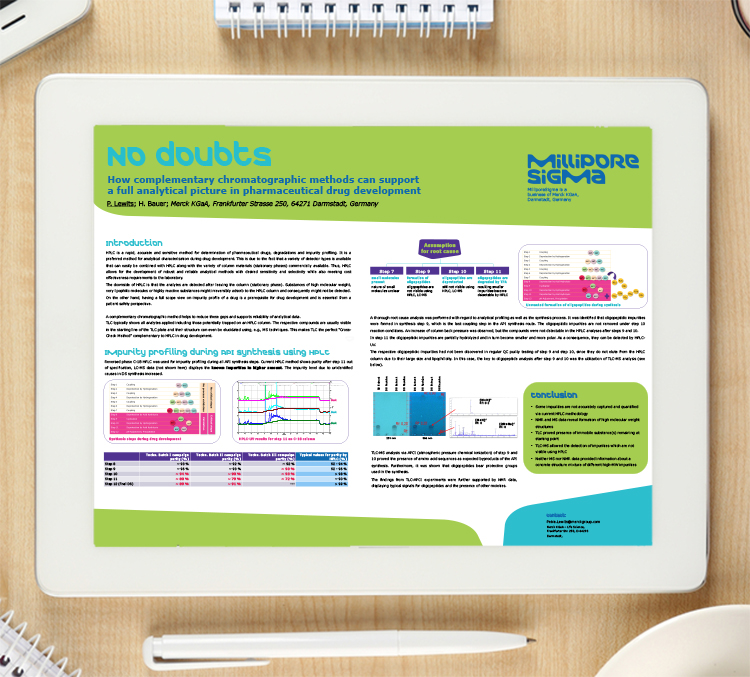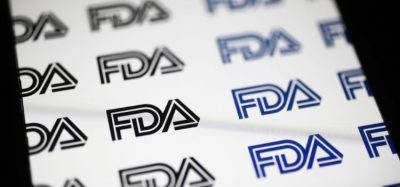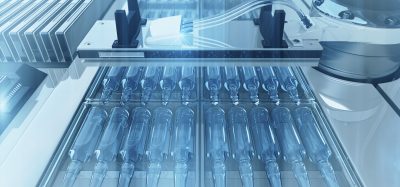Scientific Poster: How complementary chromatographic methods can support a full analytical picture in pharmaceutical drug development
Posted: 12 December 2018 | MilliporeSigma | No comments yet
HPLC is a rapid, accurate and sensitive method for determination of pharmaceutical drugs, degradations and impurity profiling. It is a preferred method for analytical characterisation during drug development.
This is due to the fact that a variety of detector types is available that can easily be combined with HPLC along with the variety of column materials (stationary phases) commercially available. Thus, HPLC allows for the development of robust and reliable analytical methods with desired sensitivity and selectivity while also meeting cost effectiveness requirements to the laboratory.
The rest of this content is restricted - login or subscribe free to access


Why subscribe? Join our growing community of thousands of industry professionals and gain access to:
- bi-monthly issues in print and/or digital format
- case studies, whitepapers, webinars and industry-leading content
- breaking news and features
- our extensive online archive of thousands of articles and years of past issues
- ...And it's all free!
Click here to Subscribe today Login here
Related content from this organisation
- Full data set for new buffer stock blending system freely available
- $65 million expansion to HPAPI manufacturing facility
- QA/QC & Analytical Techniques In-Depth Focus 2020
- QA/QC & Analytical Techniques In-Depth Focus 2020 with a special focus on Chromatography & Microbiology
- Challenges in today’s pharmaceutical formulation
Related topics
Active Pharmaceutical Ingredient (API), Analytical techniques, Drug Development, HPLC, Liquid Chromatography - Mass Spectrometry (LC-MS), Mass Spectrometry










